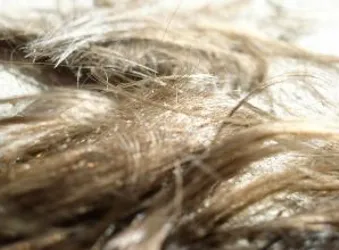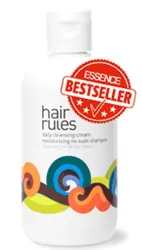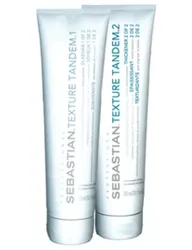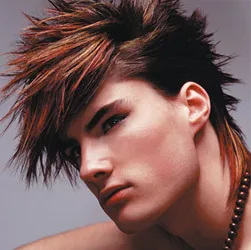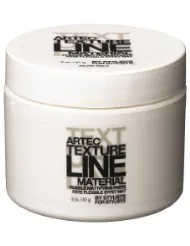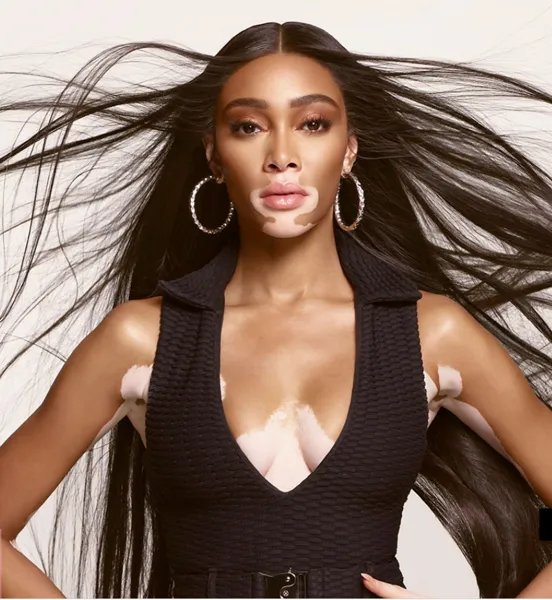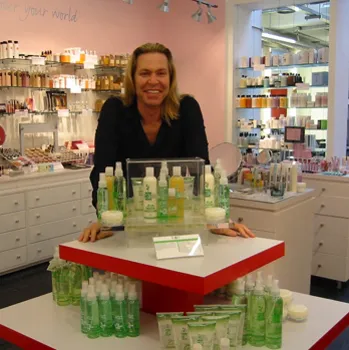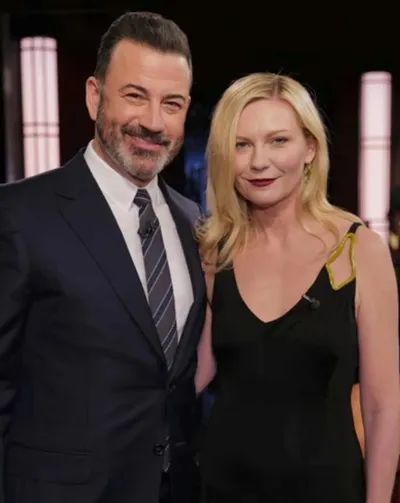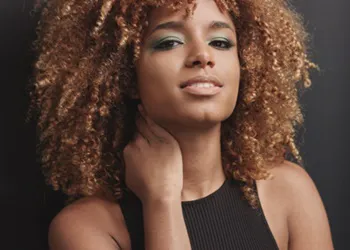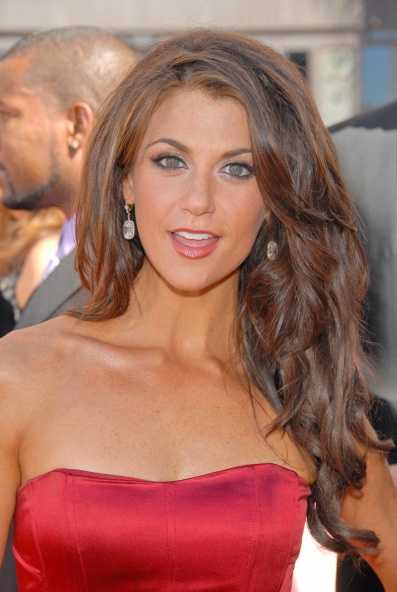
Hair Profiling II: Hair Texture
IntroductionIn Hair Profiling I, the first article in the Profiling series, the basic types of hair were covered including Hair Texture, Density, Type and Color. It was also explained that although many things about your hair are controlled by your genes, you can learn to understand your hair and thus encourage optimal performance from the strands nature has given you. This article provides helpful hints and tips for dealing with your native hair texture and achieving your ultimate tresses. Hair TextureHair texture is measured by the degree of fineness or coarseness of your hair, which varies according to the diameter of each individual hair. Hair experts generally agree that there are four major types of hair texture which are Fine, Medium, Coarse and Wiry. Within the four texture ranges hair can also be thin, medium or thick density and it can be straight, curly, wavy or kinky. Hair condition will also alter the ultimate equation and can be healthy, normal, oily, dry, damaged or a combination. Altering Hair TextureAltering hair type, either from curly/wavy to straight or vice versa requires one of the following techniques: 1. Permanent chemical applications to add or remove curls/waves. The intensity of the chemicals may range from Thermal Reconditioning (e.g. Yuko) on one end to at home relaxers (PhytoSpecific Relaxers) or at home perms. 2. Special styling systems (shampoo to styling) or standalone products designed to enhance curls/waves (KMS Curl Up) or provide straightness (Phytodefrisant Balm, Mine Smooth Sailing). Phyto offers a volume enhancing system that ranges from volume building shampoos and conditioners to a styling product for root lift. Many of the major hair care manufacturers have similar systems dealing with everything from thin, fine hair to curly/wavy locks. 3. Hot tools. These range the gamut from flat irons for straightness to curling irons and rollers in a variety of sizes and shapes (Conair, Remington, Igia, Helen of Troy). 4. Combination of all options. Depending on the intensity of your hair type such as those with super curly hair or super straight locks, you may need to utilize a variety of tools from chemical treatments down to special conditioners, styling products and hot tools.
Condition of Hair Makes It TrickyThe condition of hair can range from normal, dry, oily/greasy or chemically damaged. There are even situations where hair can be a combination of conditions. Normal healthy hair that is curly/wavy or straight can usually be chemically altered under the proper conditions without damage. It is possible that chemical processing will make normal hair dry or slightly damaged. If this occurs, a series of deep conditioning treatments should be scheduled along with a switch to a product line designed to reverse dryness and/or dryness. Chronically dry or damaged hair may need to avoid additional chemical processing until the current damage is neutralized or eliminated. While styling products can still be utilized, hot tools should be used very sparingly to avoid additional dryness or damage. When possible, a style should be selected that allows your damaged or ultra dry strands to take a breather from styling or processing. Oily hair is often a good candidate for chemical processing since the formulas may actually eliminate some of the excess oiliness. When creating your optimal hair care plan, adjust the types of hair care products your use such as shampoo, conditioners and deep treatments to be compatible with your hair’s condition. Hair that is damaged will need extra care while hair that is healthy may require minimal deep conditioning treatments. You will have to be your own judge regarding what your hair needs and adjust accordingly. Altering Your Hair TypeOne thing is certain in the world of hair, many curly and wavy girls crave stick straight strands while the straight ladies crave curls and sexy waves. With the right products and hair care routine, it is possible to switch hair types, at least temporarily. The first step in altering your hair type is to evaluate the overall condition of your hair. If you are blessed with super healthy tresses, you are a prime candidate for making a quick type change through chemicals, hot tools or specially formulated products. If your hair is damaged or fragile, your options are more limited but still available in the form of custom styling products, foam or "hair friendly" rollers and hood hair dryers. Some hair types, whether healthy or not, do not adjust well to chemical treatments. Super curly or wavy hair is extra sensitive and tends to be more prone to dryness and damage. Hair that is fine or thin may also suffer from chemical treatments that cause hair breakage. When in doubt, consult with your hair care professional before undertaking any drastic type alterations. Hair Texture/Hair Type RecommendationsFine Hair TextureFine hair can be so soft and silky that it can actually feel like feathers. Depending on the type of hair, treatment can vary. Fine hair can range from very thin to very thick. It can be straight, wavy, curly or wiry. Some experts believe that a perm will help blow out the cuticle on fine hair, giving it great body and movement. Others believe that the chemicals may damage the hair. Fine hair is often so slippery that it may have a difficult time holding a curl or set. If you lust after a head of bouncy curls, consider using a light mousse on damp strands and using Velcro curlers to create curls. If your hair does not hold a curl at all, try doing a wet set to lock in more tendrils. Shampoo and towel dry hair, apply a light mousse and then wrap in curlers. Sit under a hood dryer until hair is dry. Carefully remove curlers and then replace with hot rollers. Leave the rollers in until completely cool. Remove curlers and carefully arrange curls with your fingers. Spray with a good holding hairspray to retain the curls. Fine Hair - Thin DensityRemedies for fine thin hair should start with a great volume-enhancing cut. The hair should then be maintained with volume building hair care shampoos, products and styling tools. The right hair care products can be utilized to give hair a thicker appearance, especially for straight strands or hair that is thinner at the root area and fuller near the ends. The rule of thumb for fine, thin hair should be that a little goes a long way. Avoid regular or heavy hot oil and deep conditioning treatments which can flatten the cuticle resulting in limp, lanky locks. Instead, when warranted, use a light protein pack or hair mask followed by a clarifying shampoo. Treat according to your hair's needs. If you ends are dry, apply a conditioner only to the ends of your strands. Perms, straighteners and color applied to fine thin locks may help to swell the hair shaft. The down side to chemical treatments is that fine thin hair tends to be more fragile than other textures and types. Any form of chemical treatments should be considered on an individualized basis and keyed to your hair texture, type and overall conditionFine Hair - Medium DensityDepending on the growth pattern of fine, medium hair, volume enhancing products may or may not be appropriate. A lot will depend on the condition of your hair and whether it is straight, curly or wavy. Straight hair that grows fuller at the ends but thinner at the roots can benefit from a combination of volume shampoo on the roots and a light moisturizing shampoo formula on the middle and ends of the hair. Follow with a light moisturizing rinse or a detangling spray with moderate conditioning properties. Use a deep conditioning treatment on dry or damaged ends or middles once a month, or more often as needed. Be careful not to apply hot oils or deep packs close to the roots or you may cause them to become lank or over conditioned. Use a clarifying shampoo once a month if you acquire a lot of styling product building. Fine Hair - Thick DensityAlthough fine hair is still very soft, if it is thick, it would not benefit from a volume enhancing hair care system. Instead, use a moisturizing shampoo and conditioning rinse. A light leave-in conditioner like Phyto's #7 would be appropriate, especially for dry middle or end sections. If the hair is thick or wavy, it will require more moisturizing treatments include bi-monthly deep conditioning treatments. Remember to concentrate any conditioner only on the ends and middles eliminating contact with the root area. Fine thick hair is often better able to handle chemical treatments than fine thin hair. Explore options for altering your natural texture with your professional hair consultant if desired. Medium Hair TextureMedium hair is the most common type of texture. It also has the most styling flexibility of the three types. Depending on the overall condition of your hair you may be able to use a shampoo for normal hair followed by a light conditioning rinse or a product that is combined with a detangling spray. While a deeper conditioning treatment may be advantageous Medium Hair - Thick DensityMedium hair that is thick can require some special expertise is achieving the proper balance and style because of the potential for excess bulkiness. Although medium textured thick hair is ideal for almost all type of chemical treatments, it is important to keep hair well shaped and conditioned to minimize thickness. Longer hair will help compress some of the mass while gentle relaxing treatments will add bend and movement. To maintain this hair texture and type in optimal condition use a regular moisturizing shampoo, conditioning rinse and leave-in conditioner. Utilize hot oil and deep conditioning masks on a monthly basis, or as needed to keep hair soft and to help it lay flatter. If oiliness at the roots and dryness near the ends is a problem, use a combination of products to address each challenge. Use a clarifying shampoo on the roots only. Apply moisturizing shampoo on the middle and ends. This will provide a balanced cleansing treatment. Remember to only condition the sections of hair that will benefit directly from moisturizing. Achieve increased resilience and shape-holding power from setting lotions, mousses and hair sprays. Medium textured hair hold sets well although the thicker the hair, the higher the risk that the weight of the hair will pull the curls or waves out. When medium hair is in good, undamaged condition, it also benefits from flat and curling irons and hot curling tools. When used with a heat protectant product, medium thick hair can also better withstand regular blow drying than other hair textures and types. It should however be noted that the use of hot tools can have a drying effect on any type including medium thick hair if used too frequently or without a leave-in conditioning or heat protection product. Coarse/Wiry Hair TextureCoarse hair can feel heavy and rough as a result of the way that the cuticle scales lie flat against the hair shaft. Coarse or wiry hair can also be coarse, medium or fine. Depending on the coarseness of the hair and whether it is dry or damaged, use a moisturizing shampoo adjusted to the current condition of the hair. Moisturizing shampoo can range from a light formula to very heavy. Different shampoos and conditioners can perform different functions. Moisturizing properties will vary by manufacturer and ingredients. Coarse and wiry hair textures are not always the best candidates for chemical treatments. A lot depends on the shape of the cuticle and whether hair is curly, wavy or kinky. The overall condition of the hair plays a key role in the success of chemical applications. SummaryWhether you have fine, medium, coarse or wiry textured hair that is thin, medium or thick, it can also be normal, oily, dry or damaged. Remember as you customize a hair care program that provides maximum benefit for your own hair profile, be willing to adjust according to each of the variables that define your hair. Since everyone's hair is uniquely their own, the hair care systems that they select must also be individualized and personalized. |
| If you want to talk more about this or other hair care articles on HairBoutique.com or anywhere else, please post a message on HairBoutique.com's Hair Talk Forums.
|
Social Media Network Information
Please follow us on Twitter at: https://Twitter.com/HairBoutique. I look forward to meeting new people from all walks of Twitter and learning from their Tweets.


